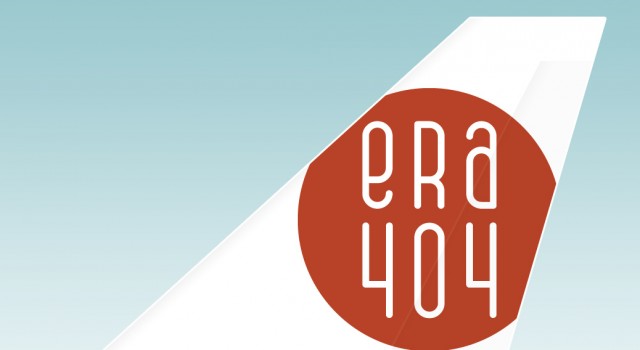News Articles
The Ryanair of Design
For frugal latitudinarians, Ryanair is a blessing. You can find tickets for as little as €1 to whisk you off to a growing set of your favorite European cities. They truly are the GoDaddy of airlines, with an inexpensive base price, a million options for billable add-ons, and even their CEO, Michael O’Leary, projects a similar public persona to GoDaddy’s Bob Parsons.
The convenience of Ryanair is part of a growing trend to provide consumers with a competitive base price, tacking on inexpensive à la carte options for anything they need. With Amazon’s Longtail model and online service providers—think VistaPrint—offering LQLC (lower quality, lower cost) merchandise for pennies on the dollar, consumers have a broader and more diverse array of choices than ever before.. If cost is more important than quality, comfort, or customization, penny-savers, this new model of service is for you!
So what if ERA404 changed our business model to match Ryanair? Imagine you’re seeking a new identity for your business and have submitted an RFP to ten design firms, including ERA404. When all proposals come in, you have a ballpark of $50,000 from nine studios and $15,000 from us. Your first thought was that ERA404 either provides offshore labor or maybe we missed a few pages in your RFP. But no, we reply, this is the price. One identity system: $15,000 (a total of $35,000 in savings over our competition).
It’s then that you take a look at the fine print. One (1) logo costs $15,000, but we’re happy to offer you some options. You can receive additional thumbnail sketches at $50/sketch, additional rough sketches for $100/rough, and additional refined logo concepts for $250/concept. Interested in seeing samples in different palettes or typefaces, that’ll only cost you $100/ea. Want variations of how the logo can be applied with and without a tagline? Stacked versus vertical? Simplified for clothing hangtags and favicons? Each modification will cost you, but you should still come out ahead since the base offering was massively discounted. Right?
And don’t forget about artwork provision by courier or digital transmission, we’ll need to get the files to you somehow and that won’t come cheap. Similar to Ryanair’s model, jokingly referred to as the Pay-Per-Pee airline, a $40 ticket actually costs something closer to $65, with a mandatory “convenient” online check-in fee imposed on every ticket. This is similar to a design firm telling you there is a fee each time they type up an invoice to bill you for the work they have have yet to perform.
So by the time the project is completed and all the add-on costs are tabulated, your $15,000 may be closer to $45,000 and CFOs will rejoice at the overall savings of $5,000 over the competing quotes. However the enjoyment of the experience, the satisfaction with the outcome, and the quality of the work performed would diminish greatly. Here’s why:
In the world of design, continuing with Identity Design as an example, the process grows organically. Pentagram partner and identity design extraordinaire, Paula Scher, may doodle an arch over the word Citi on a napkin in an introductory meeting with Traveler’s Bank. HermanMiller may spend a solid year and hundreds of millions of dollars churning out concepts for an updated brand that results in simply encapsulating the previous in a circle. Either way, the process can be planned, but organic design should never go according to plan. It can be organized and directed, but creative development isn’t something that follows a strictly controlled organization or direction. Restricting the number of sketches based on dollar amounts (or Pay-Per-Tweak) not only desiccates the fluidity of the process, but decimates the possibility of creativity. Read: you’ll arrive at your destination, but you won’t enjoy the voyage.
Services like air travel and digital printers and crowd-sourced identity design can survive because they cater to our frugal nature and provide services that don’t require innovation or artistry. They’re assembly line. They strip the experience of quality and luxury and fall back on banal consistency of their basic offering: a service, no more, no less. Design, by nature, is the antithesis of this sort of factory labor, and could never survive if it were to adopt the Ryanair mentality. And for these customers, the luster of shaving a few dollars off their contracts will quickly fade when they’re left with a dismal outcome and a bag of peanuts.
Permalink: https://www.era404.com/news/ryanair-design/








